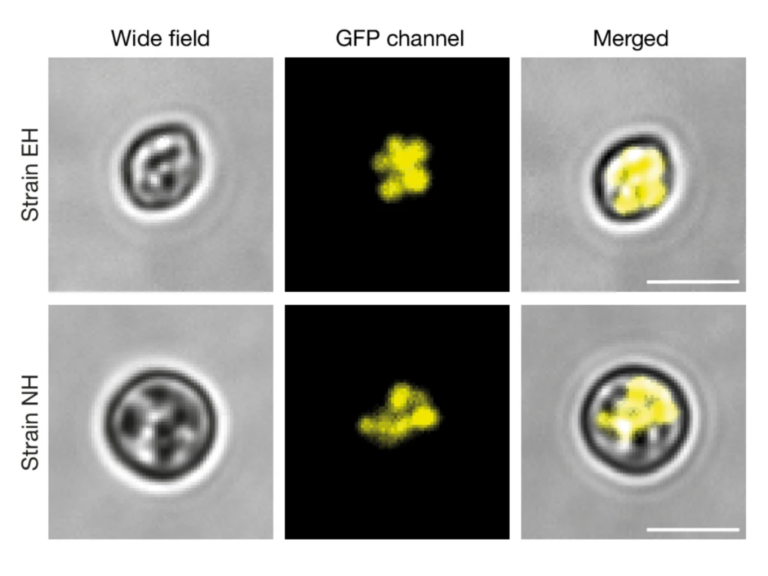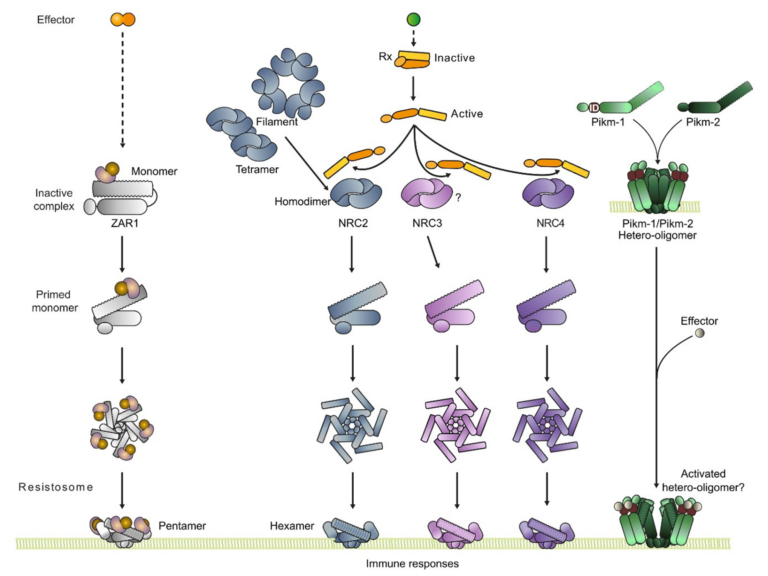A Basic Guide to the Growth and Manipulation of the Blast Fungus, Magnaporthe oryzae
The blast fungus, Magnaporthe oryzae, is a devastating plant pathogen that threatens global food security. The social and economic importance of blast disease has contributed to this filamentous fungus becoming a model organism for the study of host-pathogen interactions. Availability of the complete genome sequences of many strains of the pathogen, as well as rice and wheat cultivars, coupled with the tractability of M. oryzae to classical and molecular genetic manipulation have contributed to its widespread study. Although M. oryzae has been extensively investigated for the past two decades, procedures for storing, maintaining, and manipulating the blast fungus in the laboratory had not been compiled and updated. As a consequence, there is considerable disparity in how the fungus is stored and manipulated between studies. In this article, we present a collection of protocols providing clear explanations of how to preserve filter stocks of M. oryzae; how to grow the fungus in both liquid and solid media; how to extract genomic DNA from fungal mycelium; how to induce appressorium formation on coverslips for visualization and tissue collection; and how to perform two distinct types of plant infection assay for virulence assessment. By sharing our most used laboratory procedures, we aim to address some of the knowledge gaps in current M. oryzae protocols and contribute to uniformity and robustness in studies by the Magnaporthe research community.


